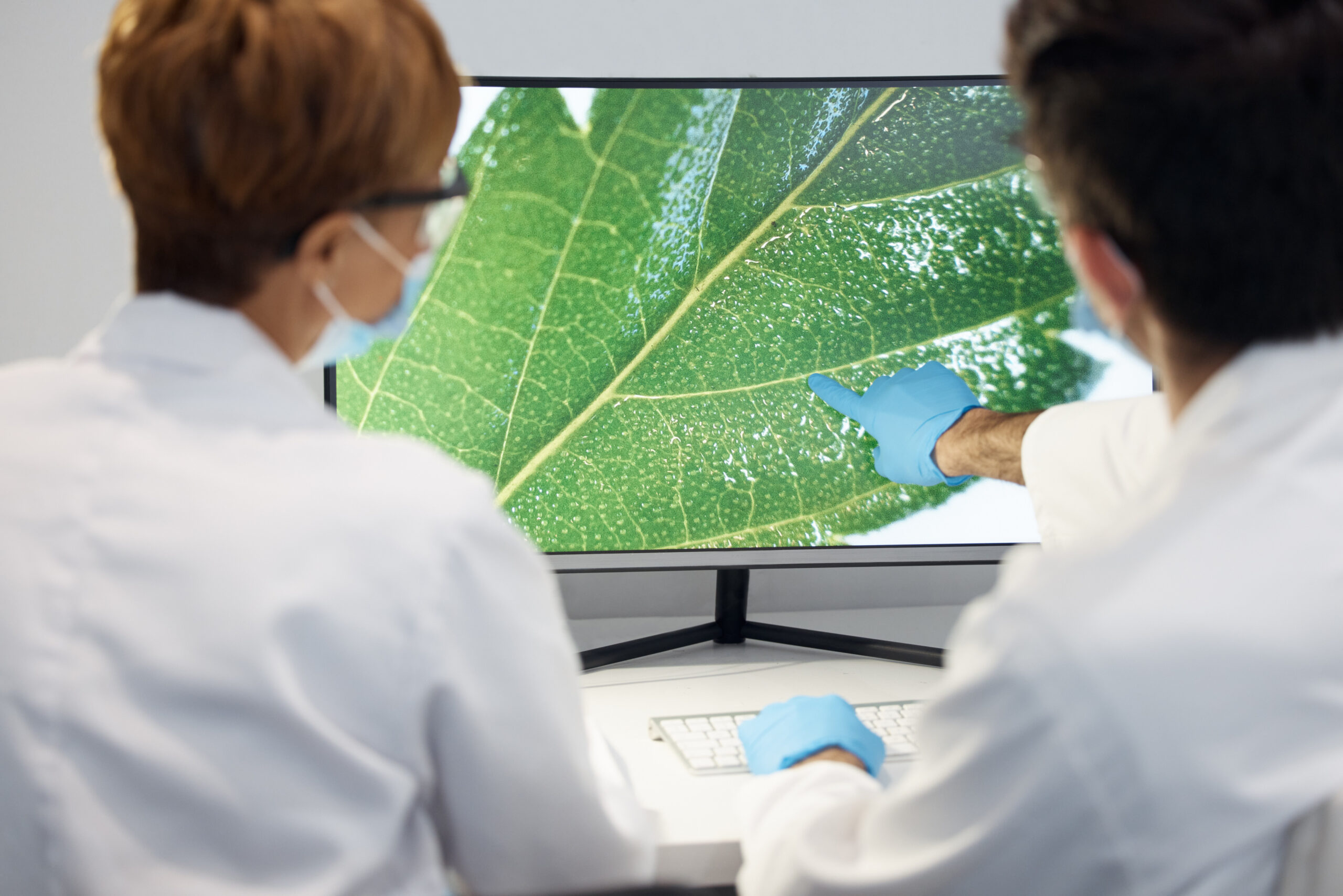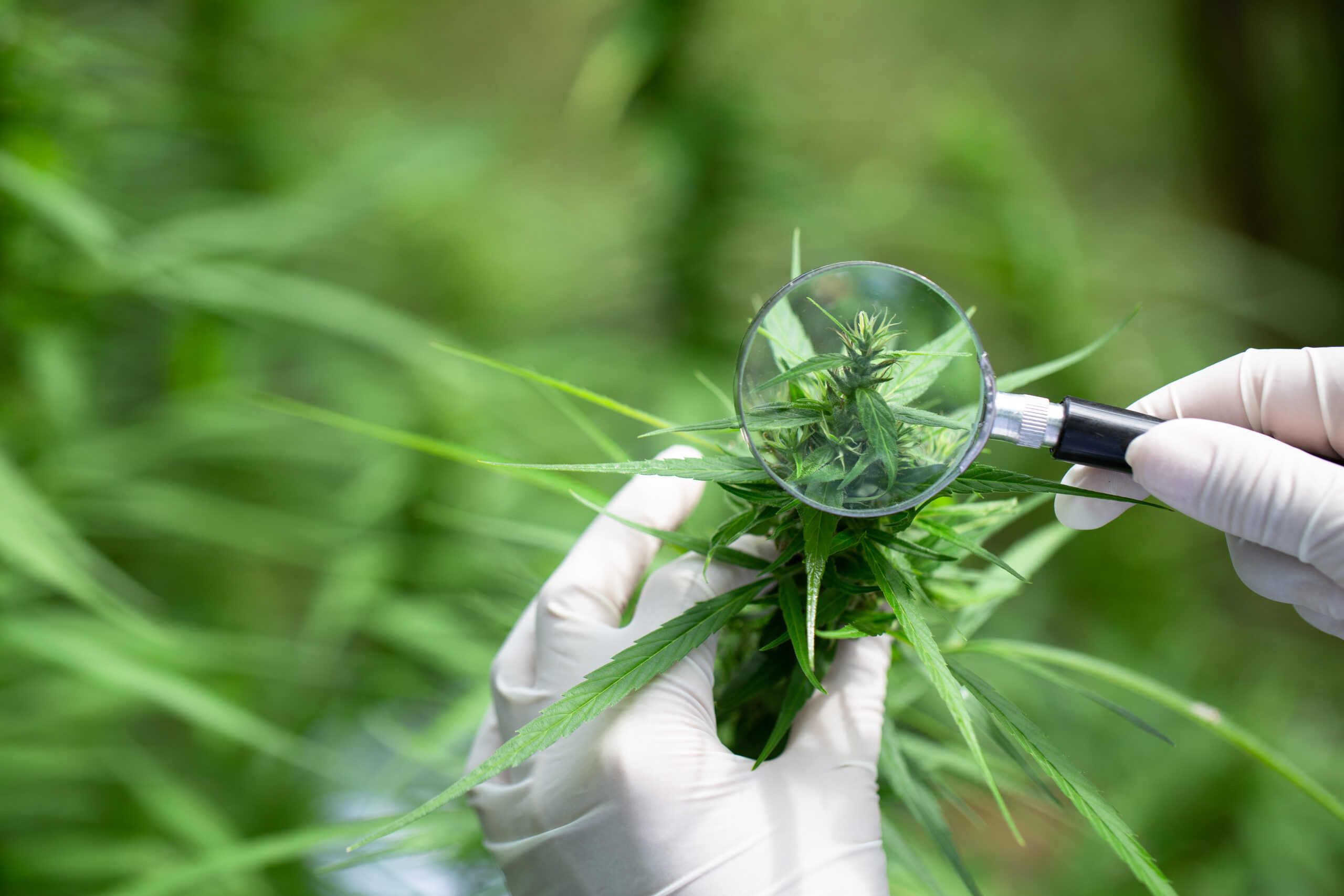Wearable Sensor Tracks Plant Stress in Real Time
By Meredith Rountree
Introduction
Plants, similar to humans, experience stress—from pests, drought, extreme temperatures, or infection. But unlike us, they are unable to escape from it. Early detection of plant stress is crucial, yet current developments are often ineffective and expensive.
To tackle this, ACS Sensors reported that researchers at Iowa State University developed a cost-effective, wearable electrochemical sensor for plants that detects hydrogen peroxide (H₂O₂), a key plant stress signal produced when a plant’s normal biochemistry is altered. H₂O₂ signals cells to trigger defense responses, but also harms proteins, lipids, and DNA.
The device uses a microneedle array made from a bio hydrogel layer of chitosan (a natural biopolymer) and reduced graphene oxide, functionalised with horseradish peroxidase. The sensor attaches directly to live plant leaves to monitor H₂O₂ and delivers results in under one minute—without removing any plant parts. Traditional methods require removal of plant tissues and involve complex steps, limiting practicality.
The new sensor offers a simpler, non-destructive and cost-effective way to monitor H₂O₂ under biotic stress. Early detection of H₂O₂ gives growers a practical way to monitor crop health and prevent further damage in real time.
“We can achieve direct measurements in under a minute for less than a dollar per test,” says Corresponding Author Liang Dong in a recent press release. “This breakthrough will significantly streamline analysis, making it practical for farmers to use our patch sensor for real-time disease crop monitoring.”

Plant Biosensors
A team in China created metal-organic framework (MOF) based biosensors for real-time, remote and in situ detection of H₂O₂ by simply spraying plants with horseradish peroxidase and a precursor of zeolite imidazolate frameworks-8, enabling remote thermal readouts via laser and thermometer with near-infrared light.
Another group developed near-infrared fluorescent nanosensors using single-walled carbon nanotubes and DNA aptamers that binds to hemin. It is a chloride of heme that can act as a plant growth regulator and potent biostimulator, fighting against abiotic stress for plants.
Such biosensors offer non-destructive ways to monitor plant health and signaling, vital for boosting agricultural productivity as global demand rises. A Mini-Review in ACS Omega explains other emerging methods to monitor plant health, including genetic engineering, imaging and spectroscopy, and electrical sensors.
Another possibility is to develop miniaturised sensors targeting specific pathogens. Advances in this area have allowed researchers to distinguish infected from healthy plants and quickly measure virus levels. One example, reported in ACS Sensors, uses molecularly imprinted polypyrrole—a conductive polymer—to form nanocavities in response to the bean pod mottle virus, revealing its distribution and concentration across distinct leaves.

Key considerations for future plant sensor developments include accuracy, specificity, cost, sensitivity, durability, ease of use and sustainability.
Ultimately, these sensors could enable precision agriculture by optimising resource use and improving crop yields.


